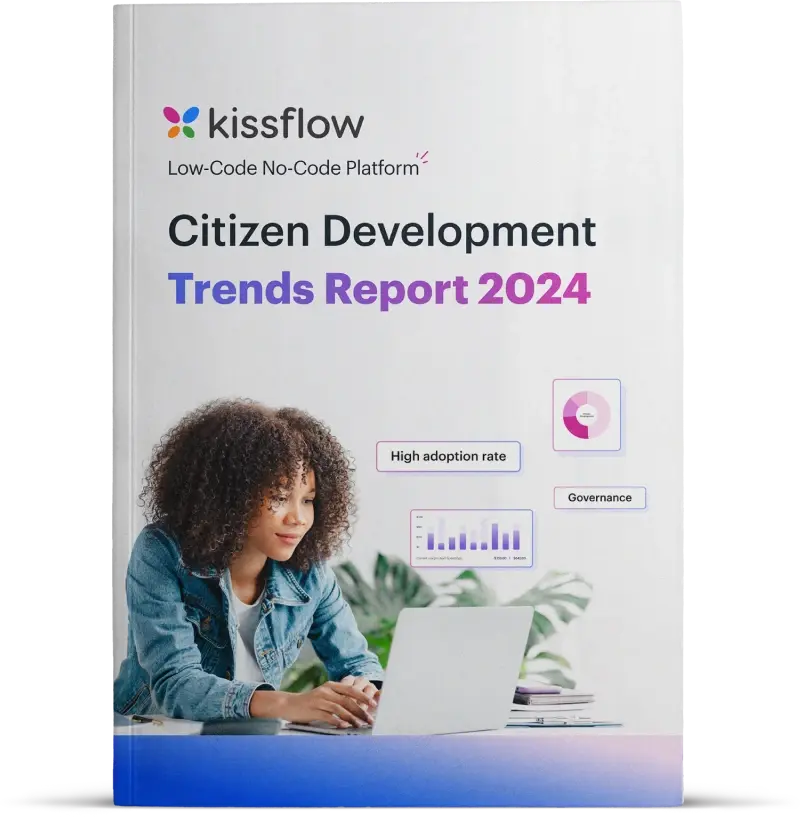Manual Process vs. Automated Process
Automation unlocks opportunities for a more flexible, productive, and efficient business
What is a manual process?
In a traditional manual process people do tasks without using modern technology or machines. They rely on their own skills and experience to get the job done. It might take longer, but it can also feel more personal.
What is an automated process?
Process automation or automated process is an approach that helps organizations simplify and streamline their business processes by eliminating human intervention and errors. Automated processes increase service delivery and quality, reduce unnecessary costs, and digitally transform an organization.
Manual Processes vs. Automated Processes : The Benefits
Manual Process
- Approvals are done manually through email or in-person
- Conditions are developed ad hoc by individuals
- Tracking requests is either impossible or requires additional email or chat followup
- Manual processes take longer to complete
- May cause errors because crucial steps are skipped
- Roles and responsibilities are not clearly defined leading to a lack of visibility
- Collaboration is chaotic and not in the context of the request
Automated Process
- Digital forms standardize the information shared
- The system works on pre-set conditions that expedite approvals
- Tracking shows exactly where the request is at any stage
- Automated processes are quicker and more efficient
- Ensures all steps are followed according to the system
- Functional roles are defined clearly resulting in greater accountability
- Collaboration happens within the context of the request
Manual vs Automated Process: The conclusion
Manual processes involve human effort and rely on personal skills, while automated processes use technology and machines to complete tasks more efficiently. Manual methods may offer a personal touch and flexibility but can be slower and error-prone. On the other hand, automated processes are faster and more accurate.
Automation is the way forward
With Kissflow’s low-code platform, your organization can automate processes and stay on the path of sustained growth. You can customize your processes, define workflows, and respond quickly to changes without overburdening your IT team.
Process automation is cited as a key driver of innovation, with 97% of IT decision-makers saying it is vital to digital transformation.
Features of Automated Process

Workflow builder
Leverage a simplified workflow building experience that requires no code or expertise.

Form designer
Harness the power of a comprehensive form builder with advanced fields and filters.

Access control
Implement role-based access and ensure data is only accessible on a need-to-know basis.

Analytics
Generate standard and custom reports at every level to drive actionable insights and improve efficiency.

Scalability
Experience a solution that scales with the needs of the organization irrespective of size and industry.
Here’s what our customers are saying
"As an organisation, the word Kissflow is now synonymous with quality and staff of all levels have embraced the platform and all speak highly of it."
Craig Buck
Warwickshire College Group
"Kissflow improved our global incentives program by reducing time and eliminating errors. Our international nominees are thankful for the quick process!"
Brian Trier
Dominos
"The beauty of Kissflow is how quick and easy it is to create the apps I need. It is so user-friendly that I made exactly what I needed in 30 minutes."
Oliver Umehara
SoftBank Telecom








%20(1)%20(1).png?width=1997&height=1800&name=The%20ultimate%20buyers%20guide%20to%20BPM%20(1)%20(1)%20(1).png)
